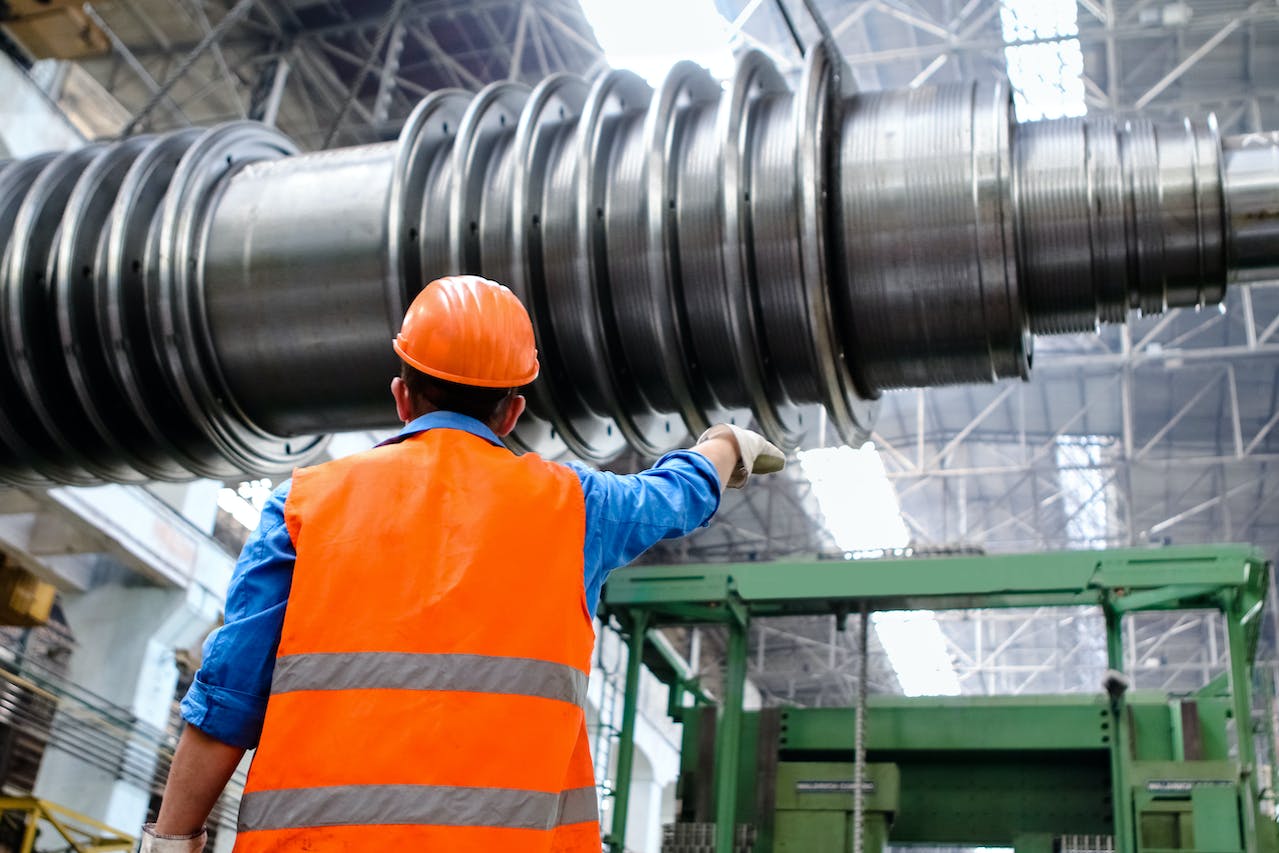The digitalization of factories has become a crucial aspect of modern industrial production.
Digitalization refers to the integration of digital technologies into the manufacturing process to enhance efficiency, productivity, and profitability.
The process of digitalization involves the collection, analysis, and utilization of data to optimize production processes, identify inefficiencies, and develop new business models.
The level of digitalization in a factory can vary depending on the degree of integration of digital technologies in the production process.
In this article, we will discuss the levels of digitalization in a factory and how they can impact productivity, efficiency, and profitability.
Level 1: Manual Processes
At this level, the factory relies on manual processes for most of its production processes.
Workers use tools, machines, and manual labor to manufacture products.
Data is typically collected manually using paper-based systems or spreadsheets. There is little automation, and production processes are mostly siloed, with each department working independently. This level of digitalization is common in smaller factories or in developing countries where digital technologies may not be readily available.
While manual processes may be sufficient for some factories, they are not ideal for high-volume production or complex manufacturing processes. Manual processes are prone to human error, which can result in costly mistakes, production delays, and safety hazards.
Furthermore, manual processes are time-consuming and can limit the factory’s ability to scale production.
Level 2: Process Automation
At this level, the factory has integrated digital technologies into some of its production processes. For example, automated machines may be used to perform repetitive tasks such as assembling components or packaging products.
Data collection is typically automated using sensors or other digital devices, and data is analyzed to optimize production processes. The factory may also have implemented some level of connectivity, enabling communication between different departments and systems.
Process automation can significantly improve efficiency, reduce costs, and increase production output. Automated machines can perform tasks faster and more accurately than humans, and they can operate 24/7 without breaks. Data collection and analysis can provide valuable insights into production processes, enabling the factory to identify areas for improvement and make data-driven decisions.
Level 3: Integration and Connectivity
At this level, the factory has achieved a higher degree of digitalization, with advanced connectivity and integration between different systems and departments. For example, manufacturing execution systems (MES) may be used to integrate data from different sources and provide real-time visibility into production processes.
The factory may also have implemented the Internet of Things (IoT) technologies, enabling machines, sensors, and other devices to communicate with each other and share data.
Integration and connectivity can enhance productivity, efficiency, and quality control. By integrating data from different sources, the factory can gain a more comprehensive view of its production processes, enabling it to optimize workflows and identify inefficiencies.
Real-time visibility can help identify and address production bottlenecks, while IoT technologies can enable predictive maintenance, reducing downtime and maintenance costs.
Level 4: Advanced Analytics and Artificial Intelligence
At this level, the factory has implemented advanced analytics and artificial intelligence (AI) technologies to optimize production processes further.
Data is analyzed using advanced algorithms and machine learning techniques to identify patterns, make predictions, and optimize production processes. AI-powered systems may be used for predictive maintenance, quality control, and demand forecasting.
Advanced analytics and AI can significantly improve production processes and enable factories to achieve higher levels of efficiency and productivity. AI-powered systems can analyze vast amounts of data quickly and accurately, providing valuable insights that can help optimize production processes and reduce costs.
Predictive maintenance can help prevent equipment failure, reducing downtime and maintenance costs, while demand forecasting can help ensure that the factory is producing the right products at the right time.
Level 5: Smart Factory
At this level, the factory has achieved a high level of digitalization and is considered a “smart factory”.
A smart factory is a highly digitized and interconnected production facility that leverages advanced digital technologies such as the Internet of Things (IoT), artificial intelligence (AI), robotics, and other cutting-edge technologies to optimize production processes, increase efficiency, and reduce costs.
In a smart factory, machines, equipment, and devices are interconnected and communicate with each other, generating vast amounts of data that can be analyzed and utilized to improve production processes.
The data is analyzed using advanced analytics and AI algorithms, providing valuable insights into production processes and enabling real-time optimization and decision-making.
Smart factories use advanced sensors and monitoring technologies to track equipment and production processes, enabling predictive maintenance and reducing downtime. Robots and other automated machines are used to perform repetitive tasks, freeing up workers to focus on more complex tasks that require human intervention. The factory may also be connected to the supply chain and distribution networks, enabling real-time monitoring of inventory levels and demand forecasting.
Smart factories are highly flexible and can adapt quickly to changes in production demands, enabling customization and rapid production of new products. They are also highly secure, with advanced cybersecurity measures in place to protect against cyber threats.
Overall, smart factories are transforming the manufacturing industry, enabling companies to achieve higher levels of efficiency, productivity, and profitability while reducing costs and improving quality control.
Smart factories are a key component of Industry 4.0, the fourth industrial revolution that is driving the digital transformation of the manufacturing industry.



